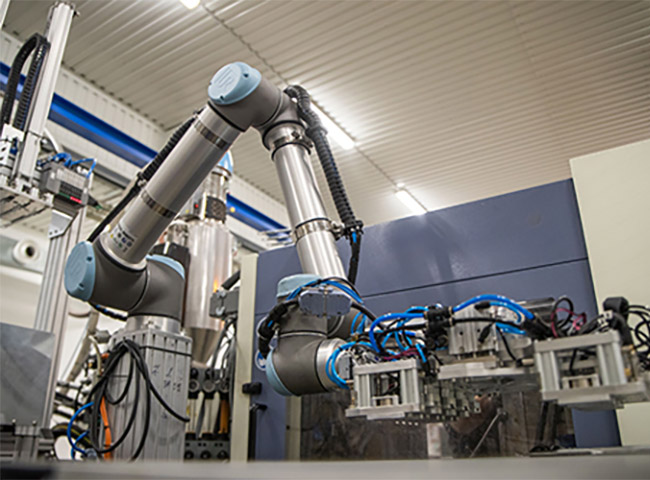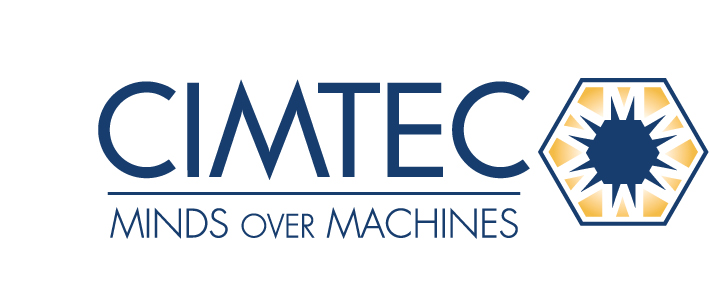
Robotics and Vision Systems Combine to Improve Injection Molding Processes
Robotics and automated vision systems have been combined to provide innumerable benefits to manufacturing facilities for a variety of operations, such as inspection, assembly, and packaging. vision systems can provide the speed and accuracy that high volume manufacturing facilities need that manual operations can’t provide.
One manufacturing operation that relies heavily on robotics is injection molding. For some parts, such as beverage bottles, manufacturing volumes are huge, and robotic systems significantly increase the speed of part handling, manufacturing, and inspection, resulting in increased efficiencies and reduced operational costs. Suppliers have developed complete systems of robotic hardware, vision hardware and software, sensors, and analysis tools that can be easily deployed without requiring specialized expertise.
Complex Geometries of Injection Molded Parts
The injection molding process results in a 3-dimensional part that can often have complex geometries. Robotic systems rely on vision hardware to identify the part, identify the orientation of the part, perform operations on that part, or move the part to a specific location. These operations can be a challenge, because an injection molded part is 3-dimensional and the robotic system operates in 3D, while the image created by a camera is in 2D.
For some injection molded parts, cameras can be used to image the part and compare the image to stored baseline templates. The software makes a comparison and provides instructions to the robotic system. For more complex parts, multiple cameras can be employed along with depth sensors to identify injection molded parts and provide the right instructions to the robotics.
Robotics and Post-Mold Machining
The injection molding process often leaves a thin layer of plastic, called flash, along the part where the two halves of the mold came together, or around ejection pin points. This flash has to be trimmed away after molding. The location of the flash on the part is predictable, because it is limited to fixed points on the mold, so the trimming process can be performed by robotic systems. A robot arm wielding a cold or hot knife can be used to trim the flash away from the surface of the part, resulting in a smooth surface. Integrated vision systems can help the robotic arm:
- locate the part on the assembly line
- determine the orientation of the part
- guide the robotic arm to the start of a trimming curve
- guide the arm along a pre-programmed curve to remove the flash
The feedback from the vision hardware allows the robotic arm to remove the flash accurately and maintain the required tolerances in the part.
Robotics and Inspection
The classic application for vision systems is inspection. In injection molding plants, vision systems can be paired with robotic systems to provide a variety of automated inspection operations. vision systems can be used to detect whether an injection molded part has been properly ejected from the mold after fabrication. If a part remains in the mold, it can damage the mold when the automated system begins the next fabrication cycle, and the cost of the inspection system is often far less than the damage caused by one part left in the mold.
Integrated vision and robotics have allowed injection molding processes to become more streamlined and reliable, resulting in increased cost savings for the fabricator.
